Look at the numerous eye-catching images of space available online and marvel at the beauty of the cosmos.
Then realise that everything we can see with astronomical telescopes – stars, nebulae, galaxies – amounts to a mere 5% of the total content of the Universe.
The remaining 95% is composed of two mysterious components: dark energy – the ‘force’ behind the accelerating expansion of the Universe – and dark matter.
We know they exist, but their true nature eludes us.
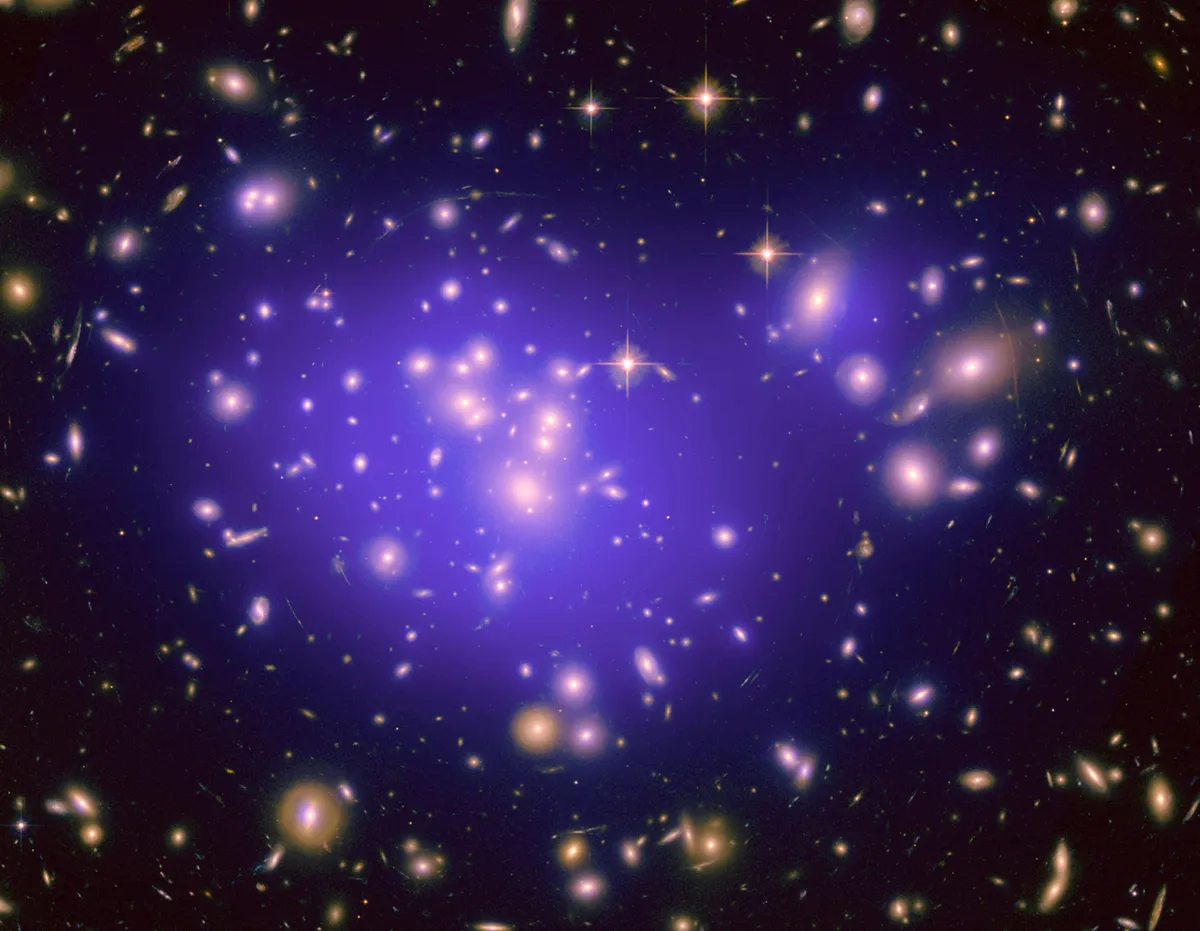
What Euclid will do
Enter Euclid, the next space mission in the Cosmic Vision science programme of the European Space Agency (ESA).
The Euclid mission launched on 1 July 2023 from Cape Canaveral in Florida.
This ambitious space telescope will focus on the dark Universe by mapping and studying no less than two billion galaxies.
Routine science observations are due to begin in early 2024, and Euclid will gather data over 6 years, which will be released in yearly data-releases.
"Nothing like this has ever been done before," says Euclid’s independent legacy scientist Ivan Baldry of Liverpool John Moores University.
Euclid’s observations will reveal the expansion history of our Universe (which is governed by dark energy) and the three-dimensional distribution of mass (which mainly consists of dark matter).
As a bonus, the mission will check whether Albert Einstein’s general theory of relativity is the right formulation of gravity on cosmic scales.
According to project manager Giuseppe Racca at ESTEC (ESA’s science and technology centre in Noordwijk, the Netherlands), "This combination is the unique selling point of Euclid."
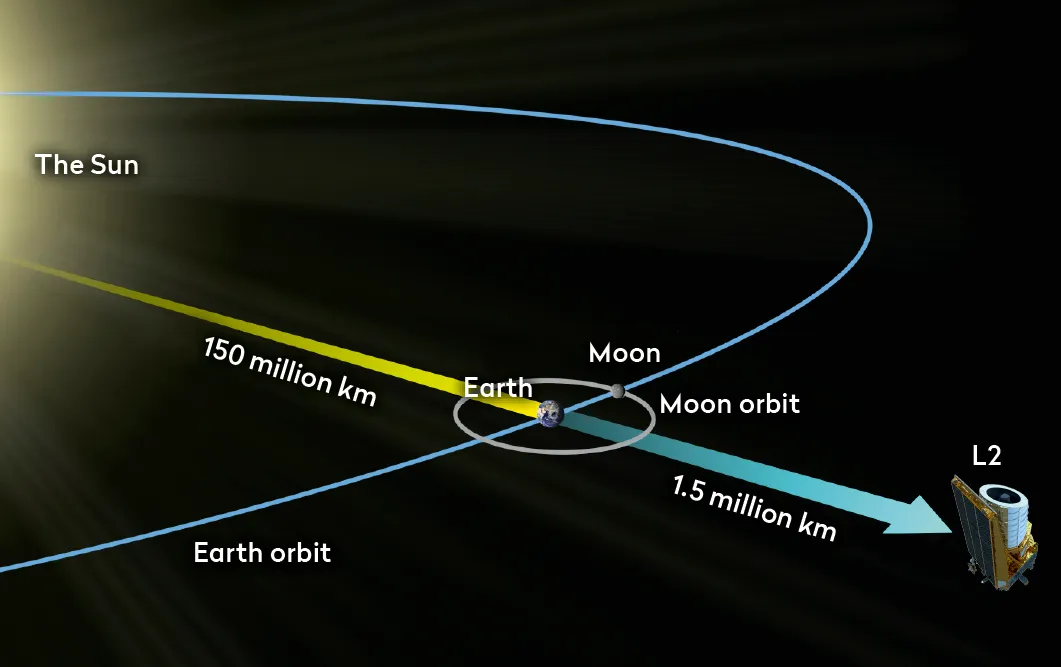
Launching the Euclid mission
The Euclid mission was selected in 2011 and formally adopted by ESA in the summer of 2012.
NASA became a partner in the project in early 2013.
At present, the Euclid consortium has about 2,000 members from 13 European countries plus the United States.
The original plan was to launch the spacecraft from French Guiana on a Russian Soyuz rocket in late 2022, but after Russia invaded Ukraine, cooperation between ESA and the Russian space agency Roscosmos was suspended, and Euclid found itself in need of an alternative launcher.

Before long, given the repeated delays of the ongoing development of the European Ariane 6, the choice fell on the commercial Falcon 9 rocket of Elon Musk’s SpaceX.
"We had to get used to a whole different working environment," says Racca."At SpaceX, I hardly met anyone who was older than my own children," he quips.
Meetings were held without detailed minutes being kept. Changes in the launch strategy to accommodate the relatively low mass of Euclid were made almost overnight. But it all went very smoothly and fast.
"Yes, I’ve been worried," Racca admits, "but I’m confident nevertheless. After all, the Falcon 9 has only had two failures on more than 200 launches."
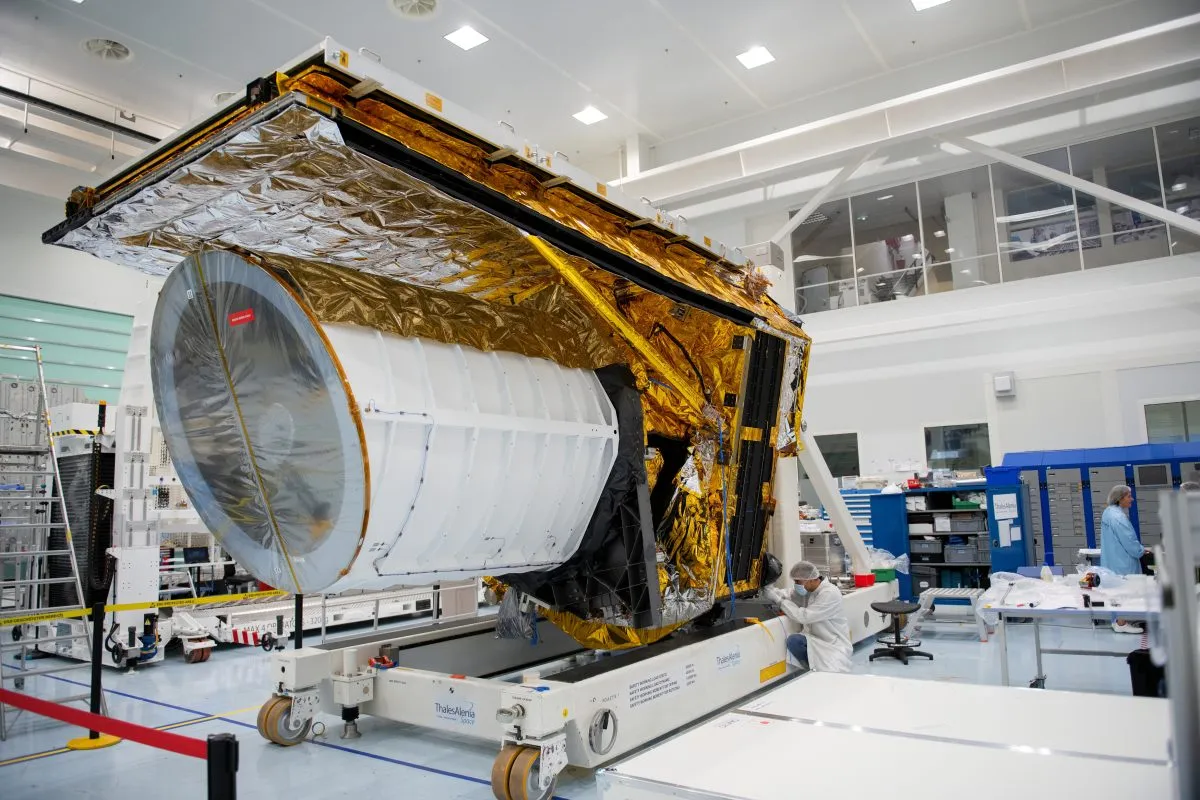
Euclid mission's stats and figures
The Euclid spacecraft was constructed by Thales Alenia Space in Italy. Measuring 4.5 metres tall and 3.1 metres in diameter, the launch mass is about two tonnes.
Euclid's payload module, built by Airbus Defence and Space in France, consists of a 1.2-metre telescope (with an optical quality superior to anything like it, according to Racca) and two scientific instruments:
- A camera operating at visible wavelengths (VIS)
- A near-infrared spectrometer and photometer (NISP)
During the six-year mission, the 600-megapixel VIS camera will capture Hubble-quality images of one-third of the sky, with a field of view of half a square degree: about twice the apparent size of the full Moon.
Meanwhile, NISP will measure the brightness and the accurate shape of about 1.5 billion galaxies in three near-infrared wavelength bands, and take detailed spectra of some 25 million bright galaxies.
After launch, Euclid will take about a month to reach its halo orbit around the second Lagrange point, 1.5 million kilometres beyond Earth as seen from the Sun, in the same region of space as the James Webb Space Telescope.
Once per day it will transmit up to 850 gigabits of data to ESA ground stations in Argentina and Spain.
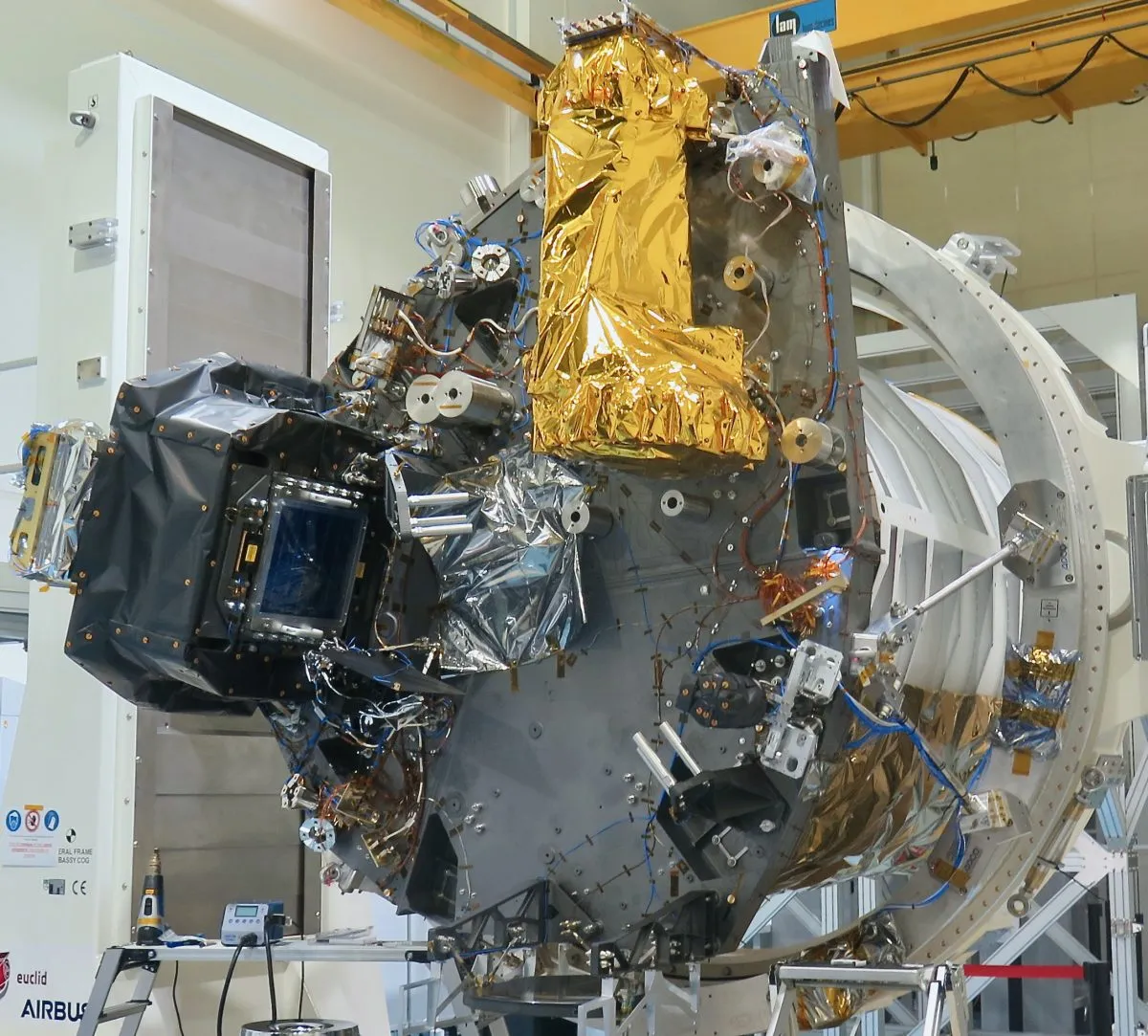
Making a 3D inventory of space
Like a cosmic version of Google Maps, Euclid will provide astronomers with the most comprehensive three-dimensional inventory of the Universe ever.
What ESA’s Gaia mission (launched in 2013) did for the majority of stars in our Milky Way Galaxy, Euclid will do for a huge number of galaxies in the wider Universe: precisely determine their position on the sky, their shape and their distance.
How will it do this? Well, a galaxy’s distance follows from its so-called redshift: the longer the light from a galaxy has travelled through expanding space to reach our telescopes, the further the light waves are stretched to longer wavelengths, corresponding to a redder colour.
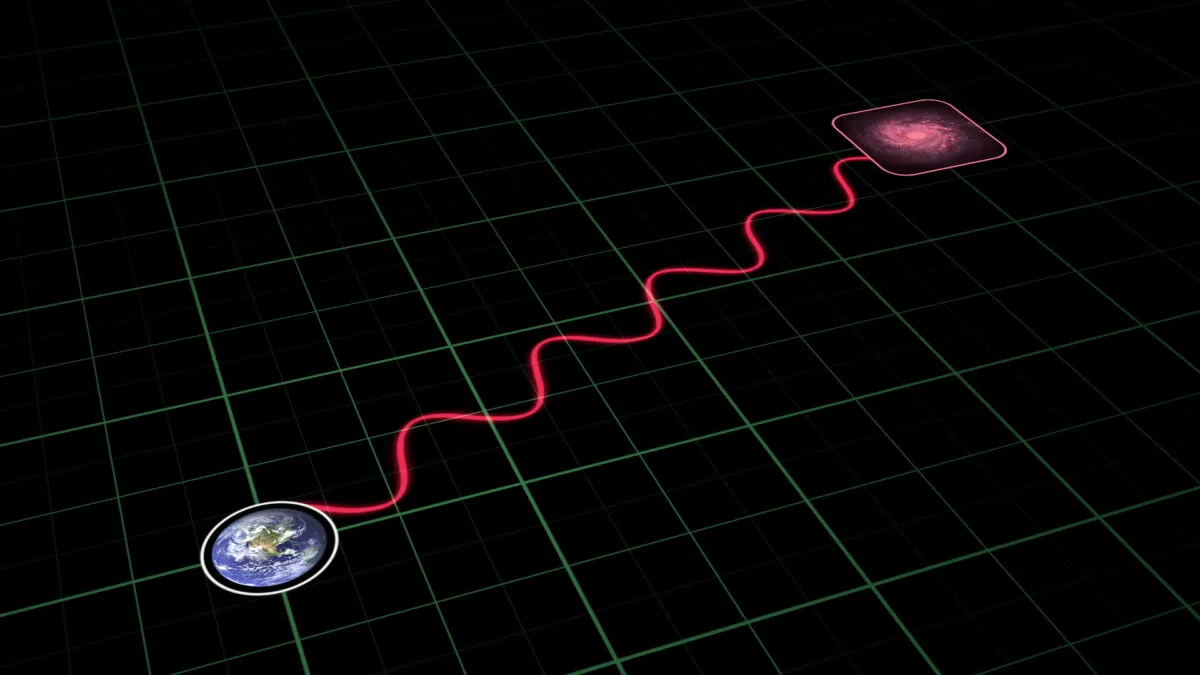
For the 25 million brightest galaxies observed by Euclid, the redshifts can be directly measured from the spectra obtained by NISP.
For 1.5 billion fainter and more distant galaxies, for which no detailed spectra are available, Euclid’s near-infrared measurements are combined with at least four brightness measurements at various optical wavelengths, obtained by existing large ground-based telescopes such as the Canada-France-Hawaii Telescope, Subaru Telescope and Pan-STARRS (all in Hawaii), and by the future Vera Rubin Observatory in Chile.
From the resulting spectral energy distribution, astronomers can deduce a photometric redshift, albeit less precise than NISP’s results.
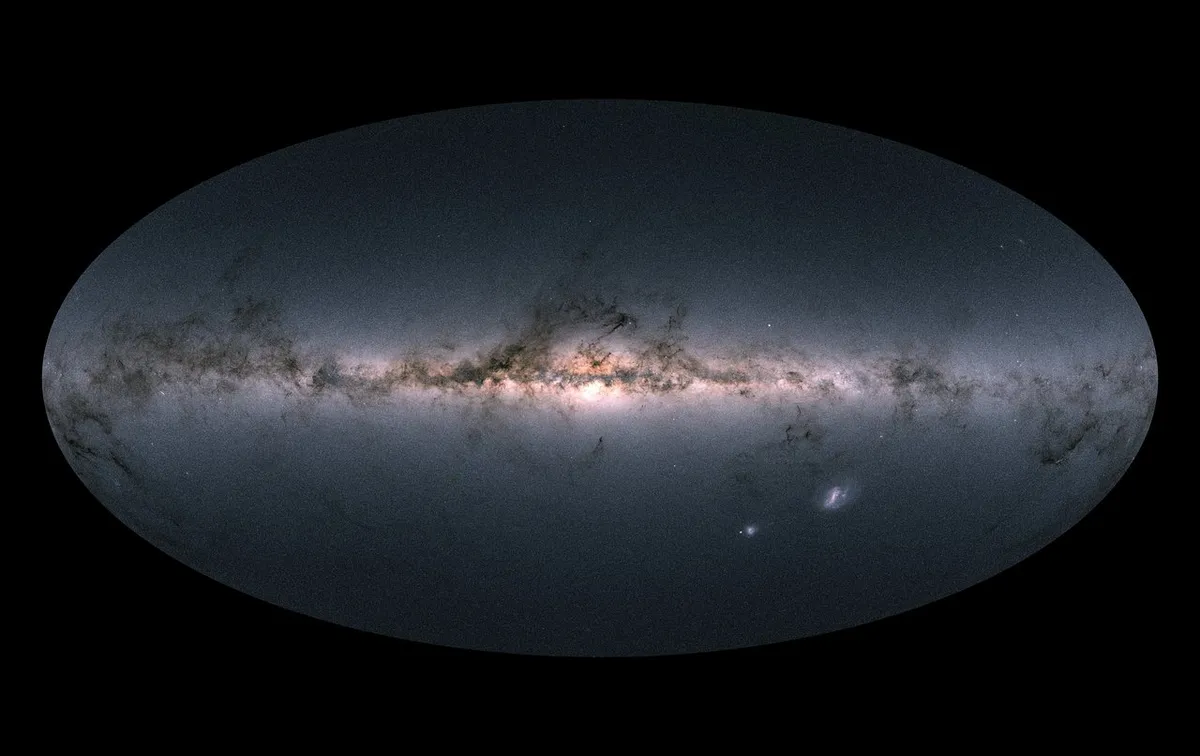
As Euclid’s project scientist René Laureijs at ESTEC explains, mapping the three-dimensional distribution of galaxies at different redshifts sheds light on the cosmic expansion history.
After all, the current large-scale structure of the Universe evolved from primordial density perturbations a few hundred thousand years after the Big Bang, which have been mapped in detail by ESA’s Planck mission (2009–2013).
"With Euclid," says Laureijs, "we will basically create 12 ‘Planck maps’ for various cosmic epochs, by looking at slices of our 3D galaxy map at various redshifts, corresponding to different lookback times."
Measuring how the large-scale distribution of galaxies has changed over time will tell astronomers if and how dark energy has also evolved.
"It’s really the first time we’re doing this," says Laureijs.
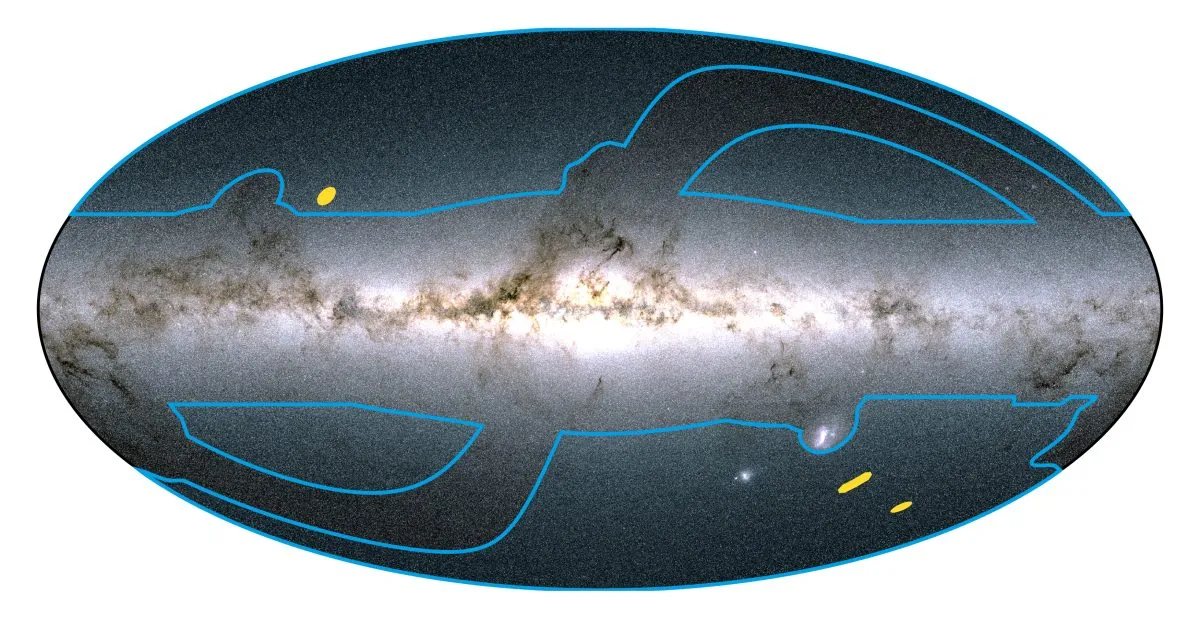
Euclid mission and gravitational lensing
Of course, to study the role of dark energy in this way, you have to take the existence and spatial distribution of dark matter into account too.
That’s where the razor-sharp images of the VIS instrument come in.
Dark matter doesn’t emit any form of radiation, but it betrays its presence by slightly distorting the shapes of background galaxies in a process known as weak gravitational lensing.
According to Albert Einstein’s general theory of relativity, light is bent by concentrations of mass, whether visible or dark.
In other words: a concentration of mass will reveal itself through weak lensing.
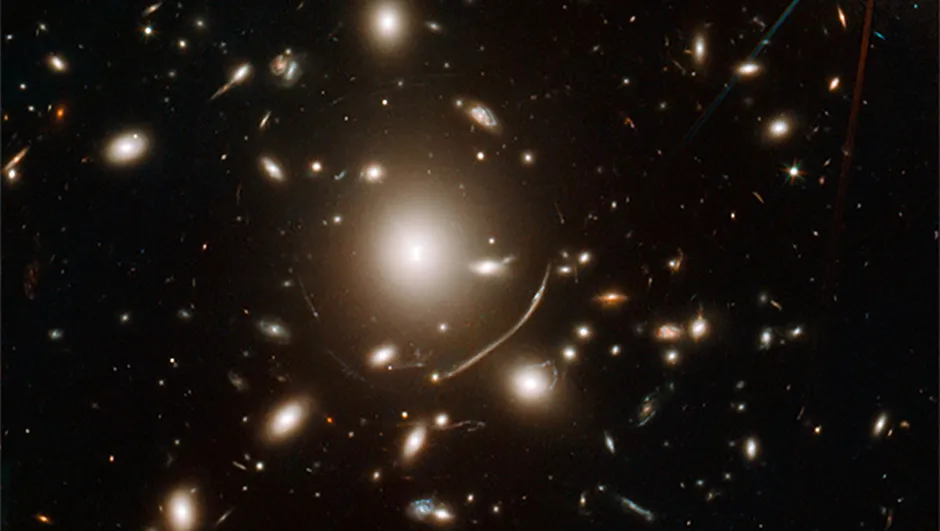
Thus, a statistical analysis of the shapes of millions of background galaxies at various cosmological distances makes it possible to reconstruct three-dimensional maps of the mass distribution in the Universe.
In studying weak lensing, the Euclid mission will in fact map local deviations from the average large-scale geometry of the Universe, so it’s quite appropriate that the mission has been named after Euclid of Alexandria, the ‘father’ of geometry, who lived in the third century BC.
In addition to mapping the distribution of dark matter and revealing the expansion history of the Universe, Euclid will also measure a parameter known as gamma, which describes the growth of structures like clusters of galaxies.
If this parameter doesn’t match predictions from general relativity, that would support alternative theories of gravity, like Modified Newtonian Dynamics (MOND).
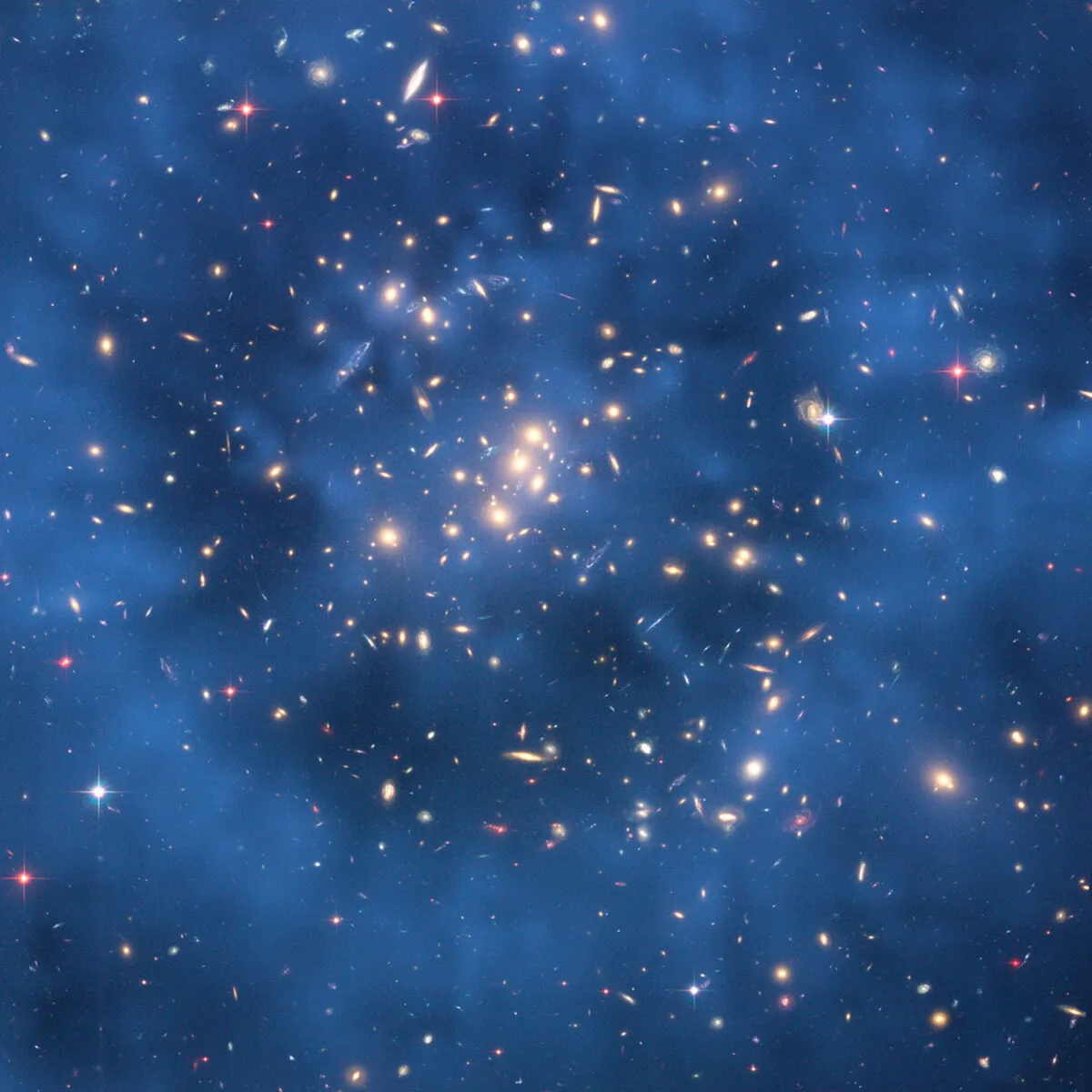
Euclid mission's other science goals
Studying the wealth of imaging data from both of Euclid’s instruments may also reveal huge numbers of brown dwarf stars, as well as low-surface-brightness galaxies.
Both may be much more numerous than presently known.
Many additional discoveries are expected from the three or four ‘Euclid Deep Fields’ (adding up to more than 50 square degrees), areas that will be repeatedly imaged by Euclid at hundreds of times more sensitivity than the main survey.
"This high-fidelity imaging of one-third of the whole sky at optical and near-infrared wavelengths is completely new territory," says Baldry.
"The archived data will be used by many scientists in years to come and will have a lot of legacy impact."
No one knows for sure whether or not Euclid will really be able to figure out the true nature of dark matter and dark energy, although astronomers will certainly learn more about their spatial distribution and behaviour over time.
"It also depends on what exactly you mean by ‘the nature of’," says Racca.
But even if these puzzling cosmic components remain enigmatic, Euclid’s six-year mission will revolutionise our detailed knowledge of the Universe.
As for eye-catching photographs: dark matter can’t be seen and dark energy can’t be imaged, but Euclid is capturing absolutely stunning pictures of the Universe, with almost the same resolution as Hubble Space Telescope images (one-tenth of an arcsecond), but with a much wider field of view.
Euclid is also helping track down rogue planets, wandering through space without a host star.
This article originally appeared in the July 2023 issue of BBC Sky at Night Magazine.

